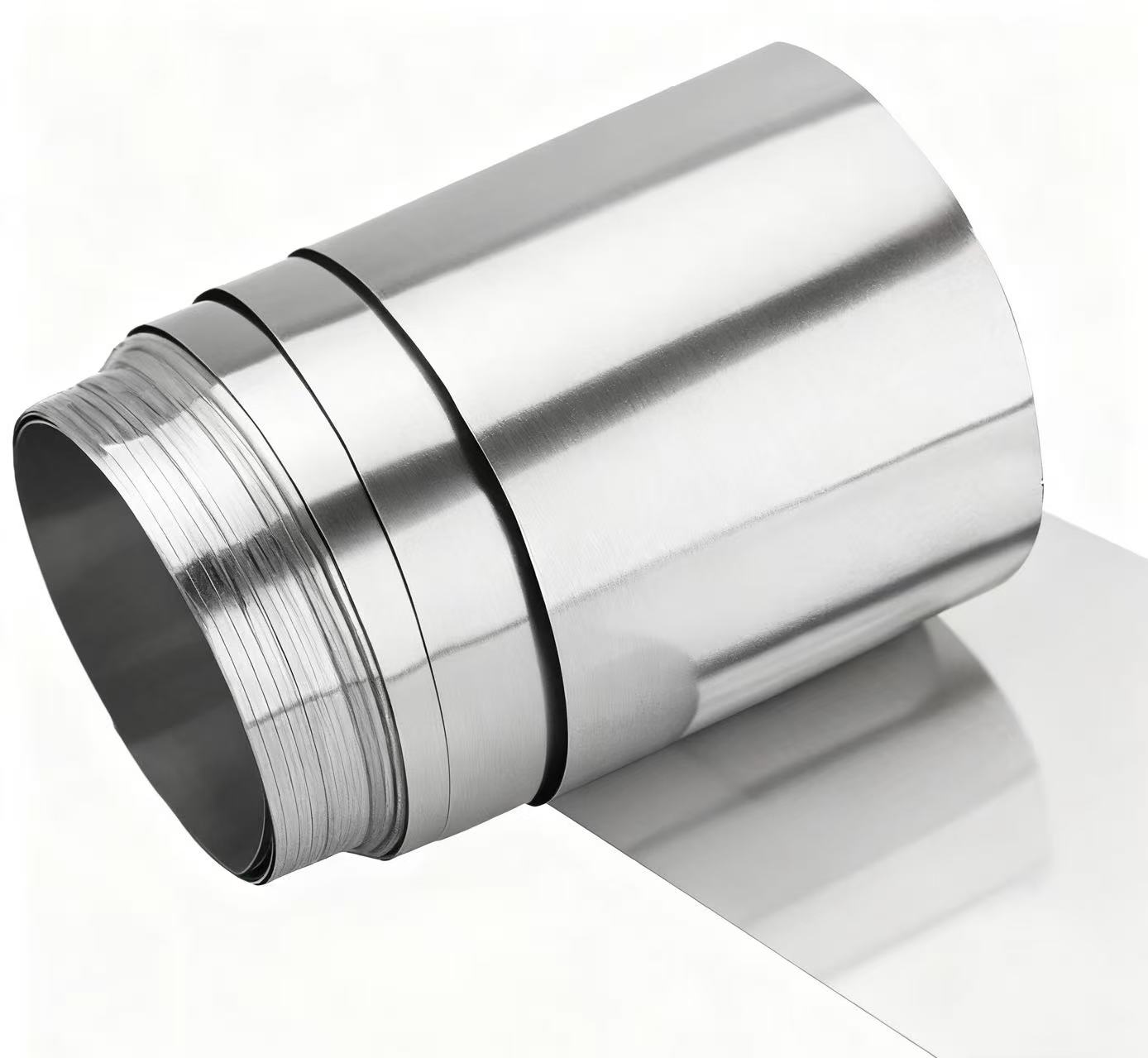 Why pursue ultra-thin non-oriented silicon steel?What are the key advantages of this design?
Why pursue ultra-thin non-oriented silicon steel?What are the key advantages of this design?
Nov 14, 2025
The pursuit of ultra-thin non-oriented silicon steel (0.1-0.2mm) aims to significantly reduce energy loss (especially eddy current loss) in motor cores during high-frequency, high-speed operation, thereby improving motor efficiency and performance. This is crucial for fields with extremely high requirements for energy efficiency and power density, such as new energy vehicles, high-end industrial motors, drones, and humanoid robots.
0.2mm thickness: Compared to traditional 0.30mm silicon steel, iron loss can be reduced by 30%-40%; it helps to achieve motor miniaturization and high efficiency, with an average operating efficiency of up to 92%. 0.2mm ultra-thin non-oriented silicon steel has become the mainstream choice for drive motors in many new energy vehicles.
0.15mm thickness: High-frequency iron loss is further improved by more than 10%; it is more suitable for high-speed, low-vibration, and high-efficiency high-end application scenarios, and is generally used in high-end new energy vehicle drive motors, drones, and industrial motors with higher requirements.
0.1mm thickness: Iron loss value exceeds 9W/kg (typical value 8.5W/kg), the highest magnetic performance globally; supports ultra-high motor speeds up to 31,000rpm, generally used in humanoid robots, low-altitude aircraft, top-of-the-line new energy vehicles, and other fields with extreme performance requirements.
Why does ultra-thinness reduce losses?
This is mainly related to the generation principle of eddy current losses. When the motor core is in a rapidly changing alternating magnetic field, eddy currents are induced inside, generating heat and causing energy loss, i.e., eddy current losses. The magnitude of eddy current losses is proportional to the square of the thickness of the silicon steel sheet. Therefore, making the silicon steel sheet thinner can greatly restrict the flow of eddy currents in each narrow path, increase the loop resistance, and thus effectively reduce the overall eddy current intensity.
The pursuit of ultra-thin silicon steel sheets is essentially an inevitable requirement for the development of modern motor technology towards high frequency, high speed, and high power density. It lays the material foundation for improving the efficiency of the entire energy conversion system by directly reducing core iron losses.
So, is it difficult to purchase high-quality, low-cost ultra-thin silicon steel? Don't worry! Shunge Steel now offers a series of ultra-thin, non-oriented silicon steel produced , used in the production of motors for humanoid robots, high-end new energy vehicles, and eVTOL aircraft! Welcome to learn more!
Read More

 Why pursue ultra-thin non-oriented silicon steel?What are the key advantages of this design?
Why pursue ultra-thin non-oriented silicon steel?What are the key advantages of this design?